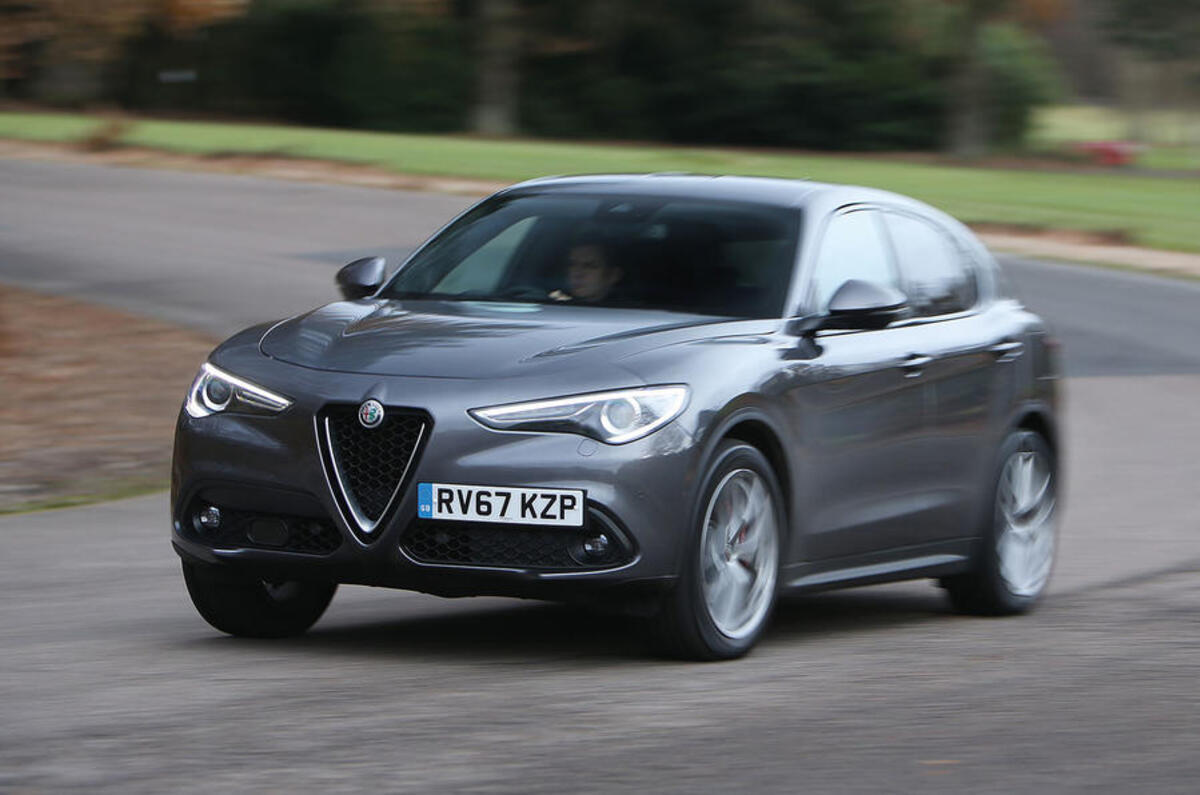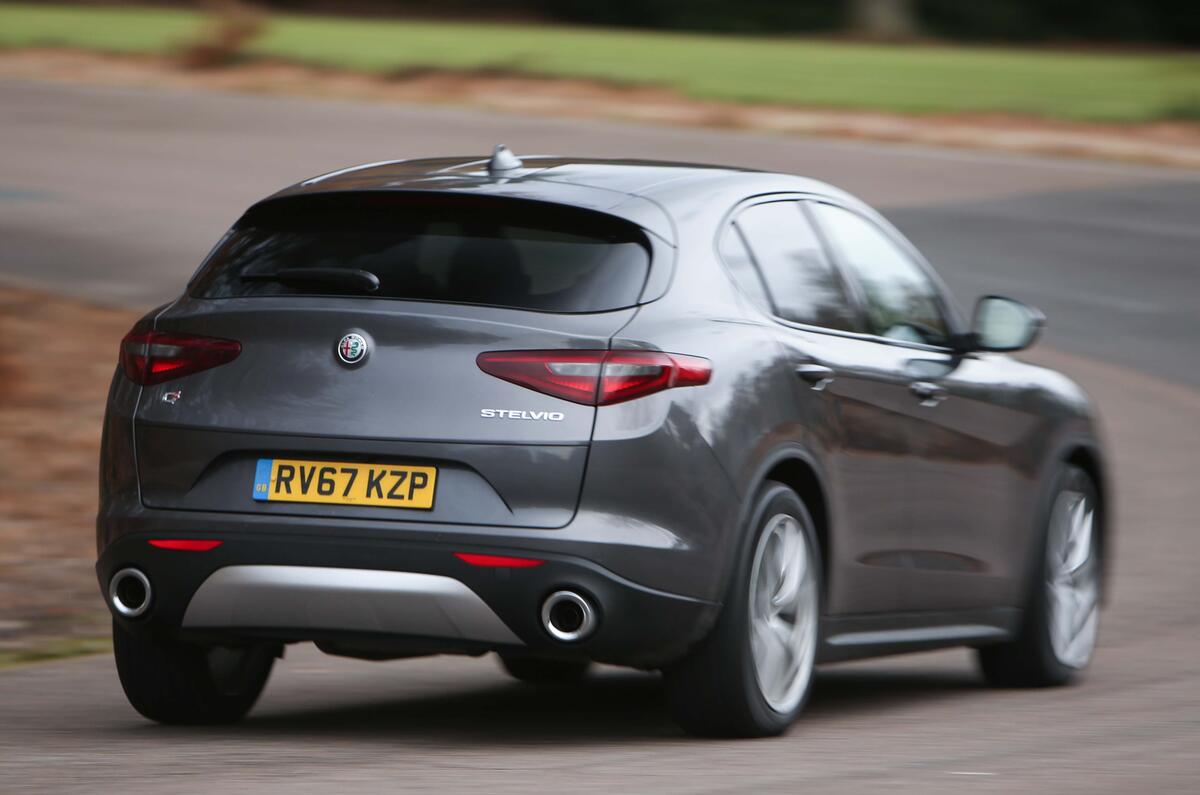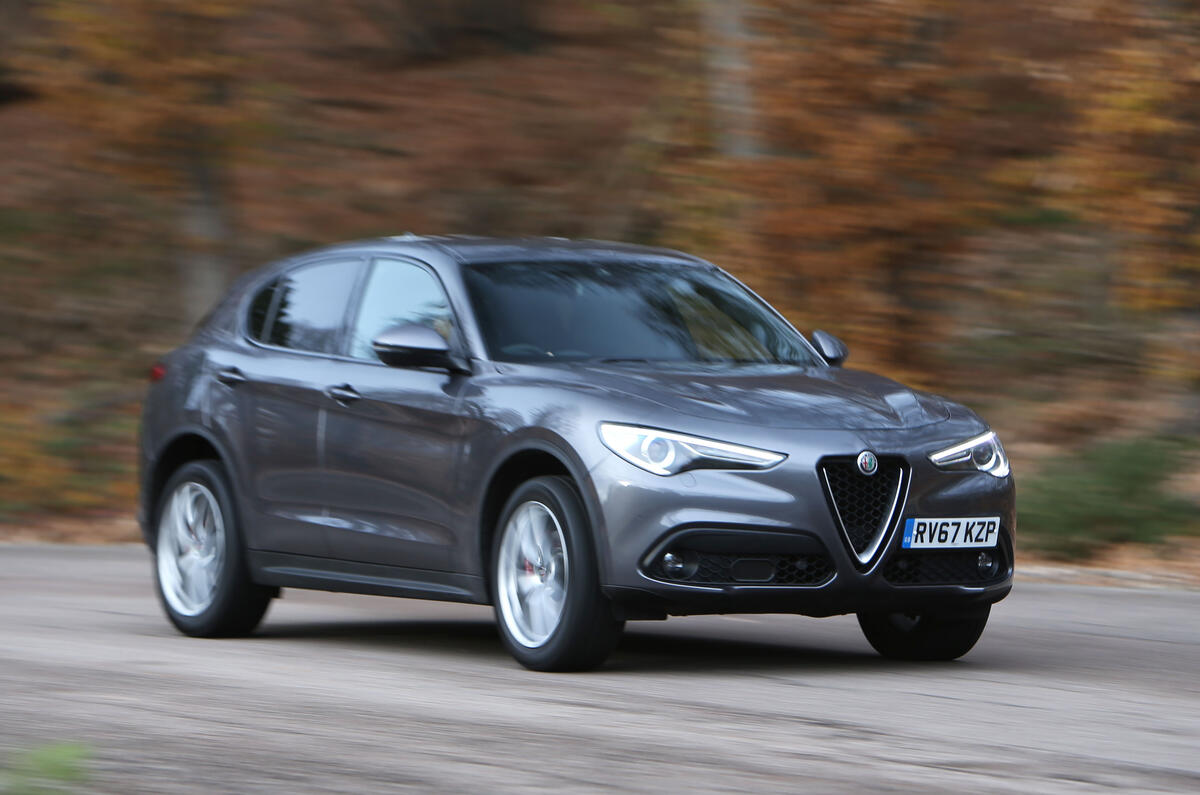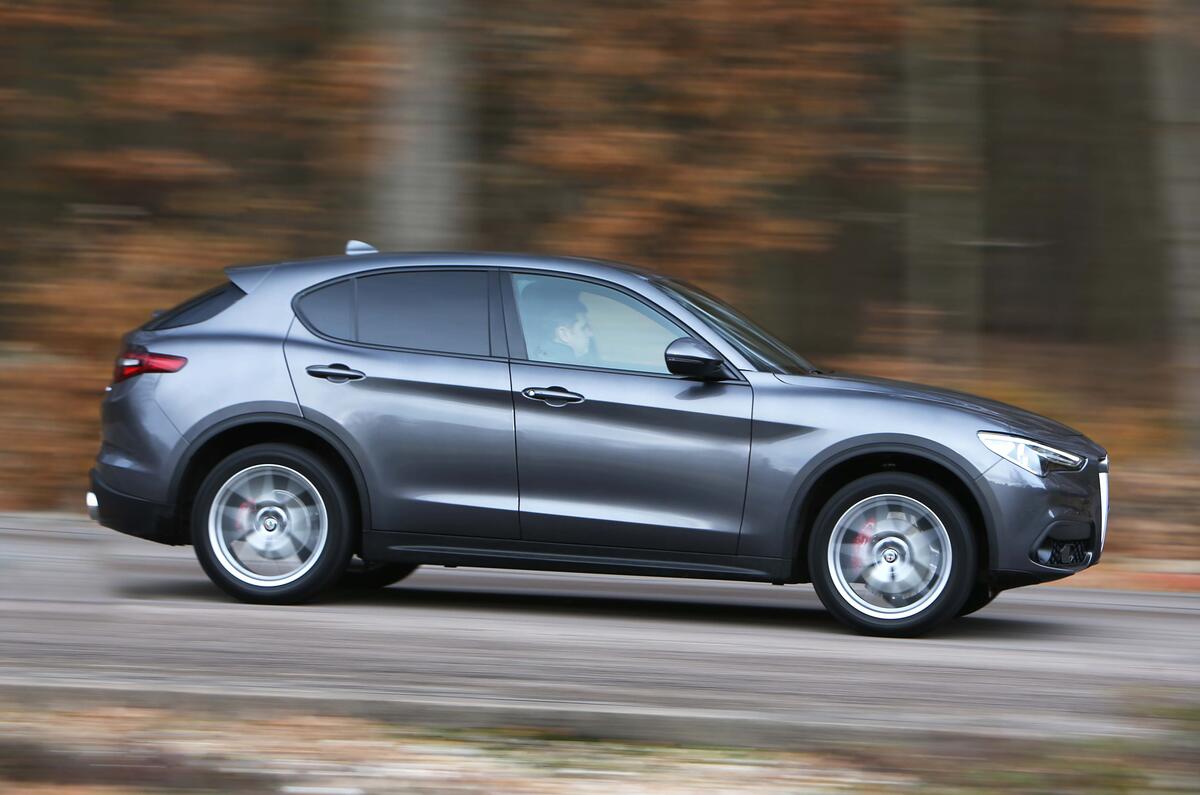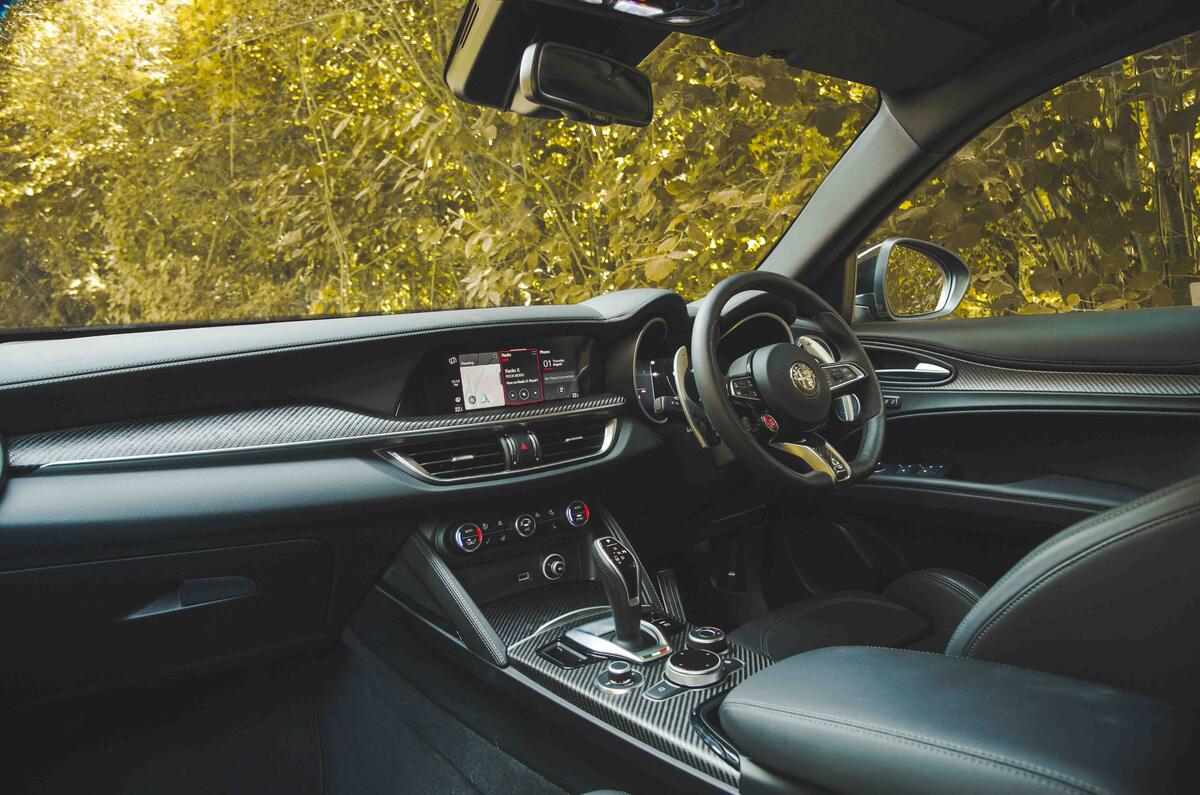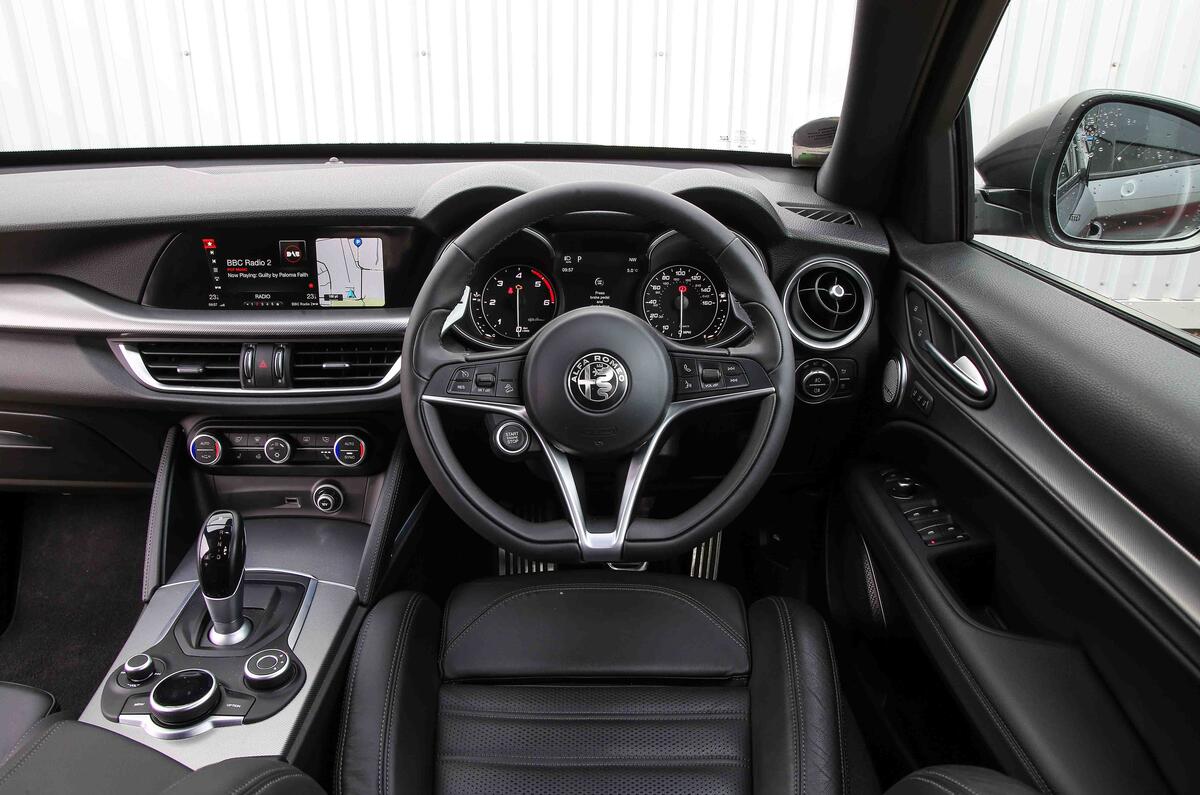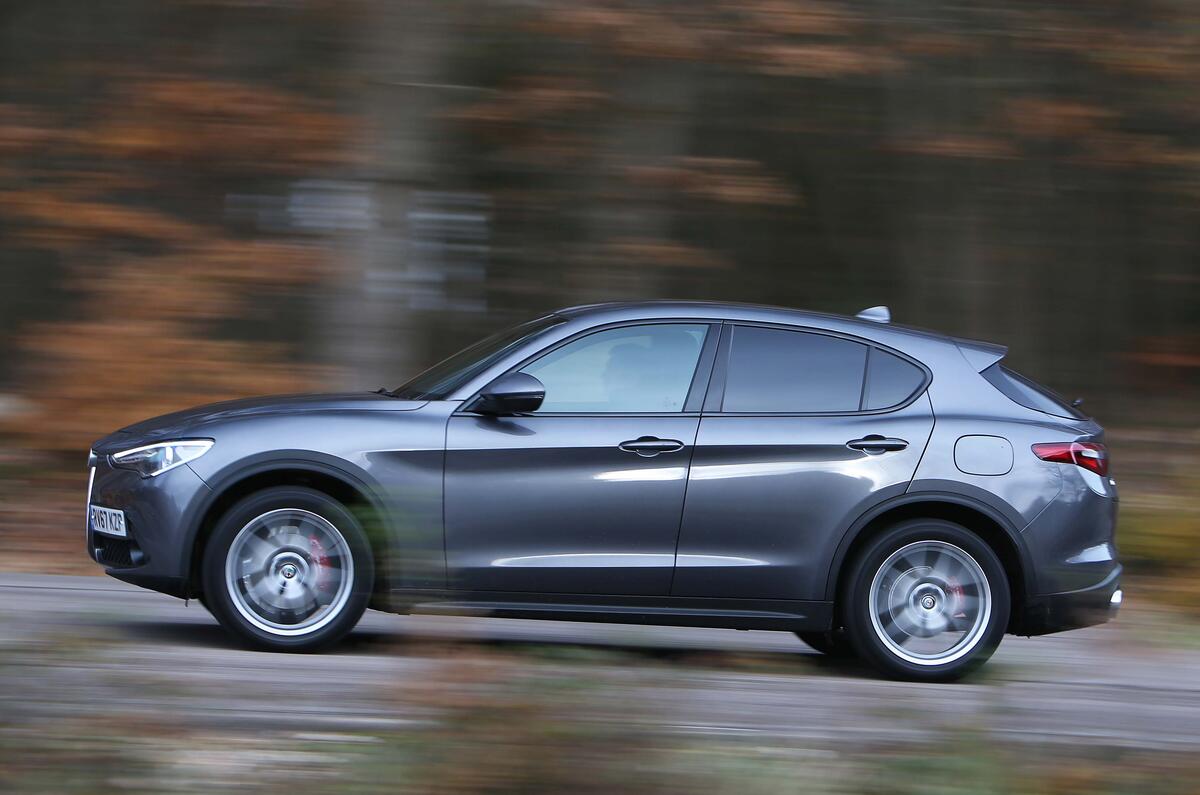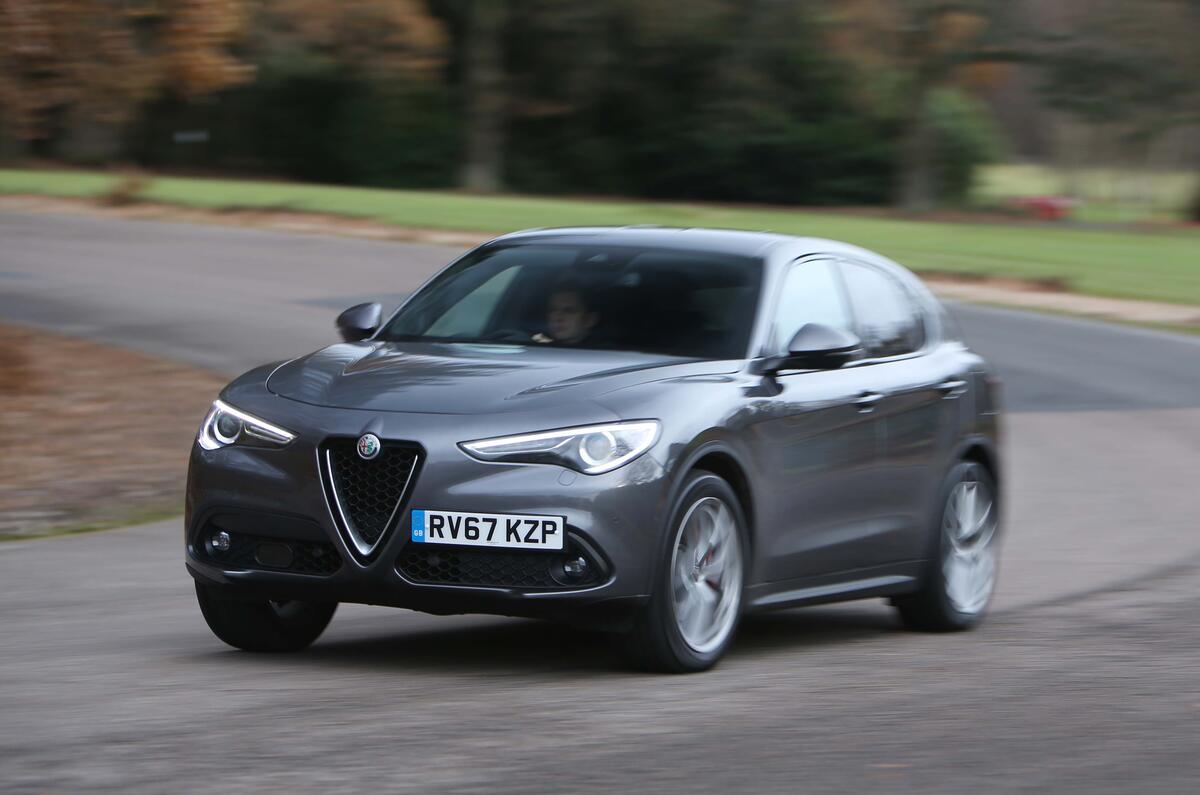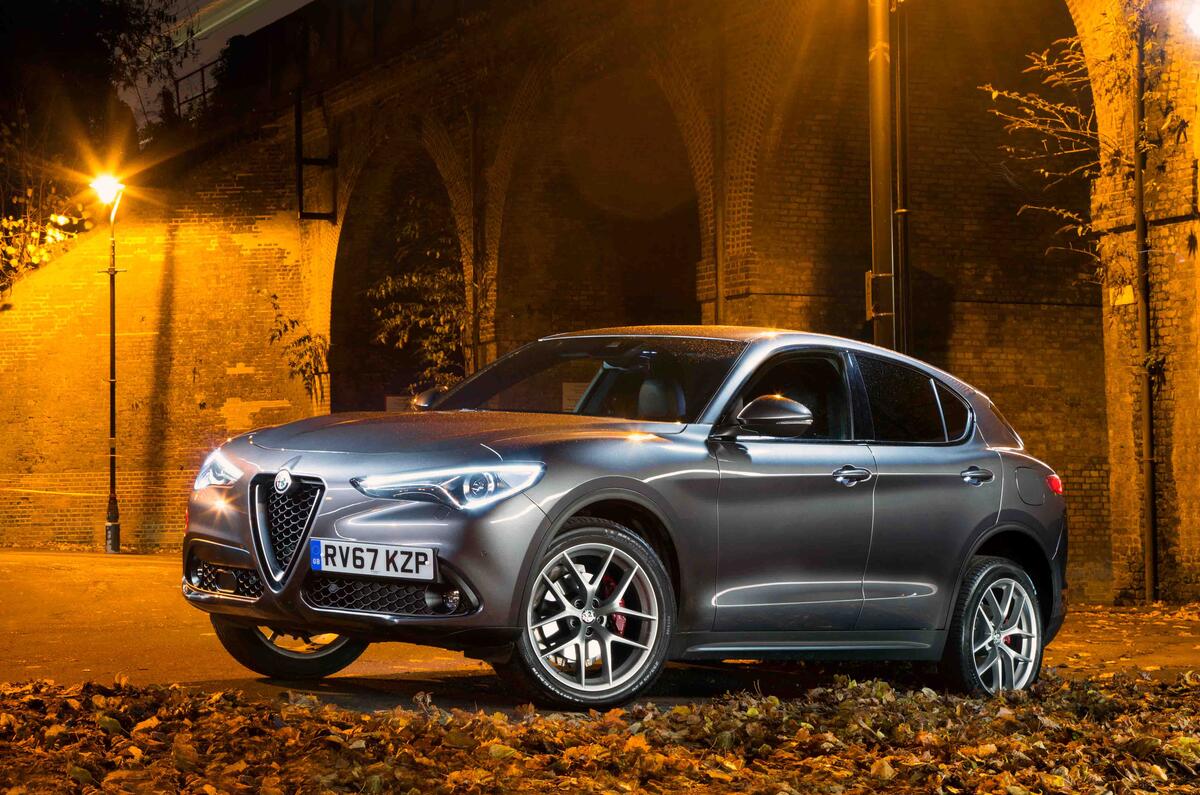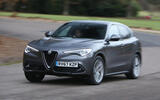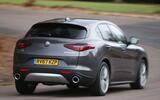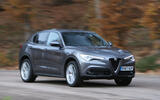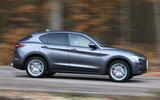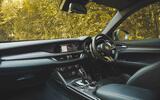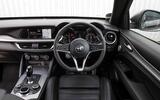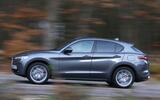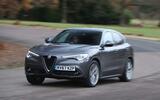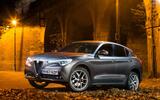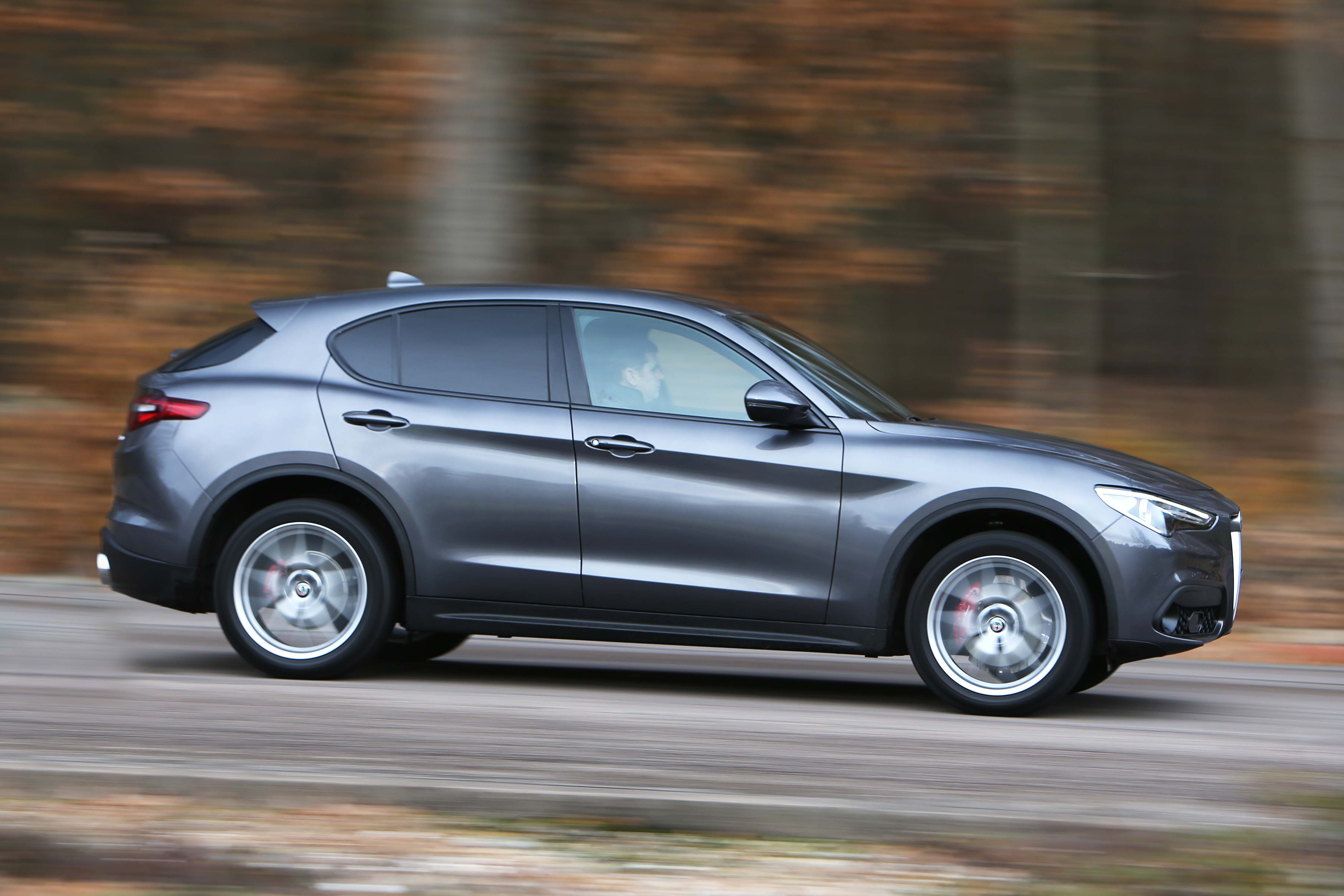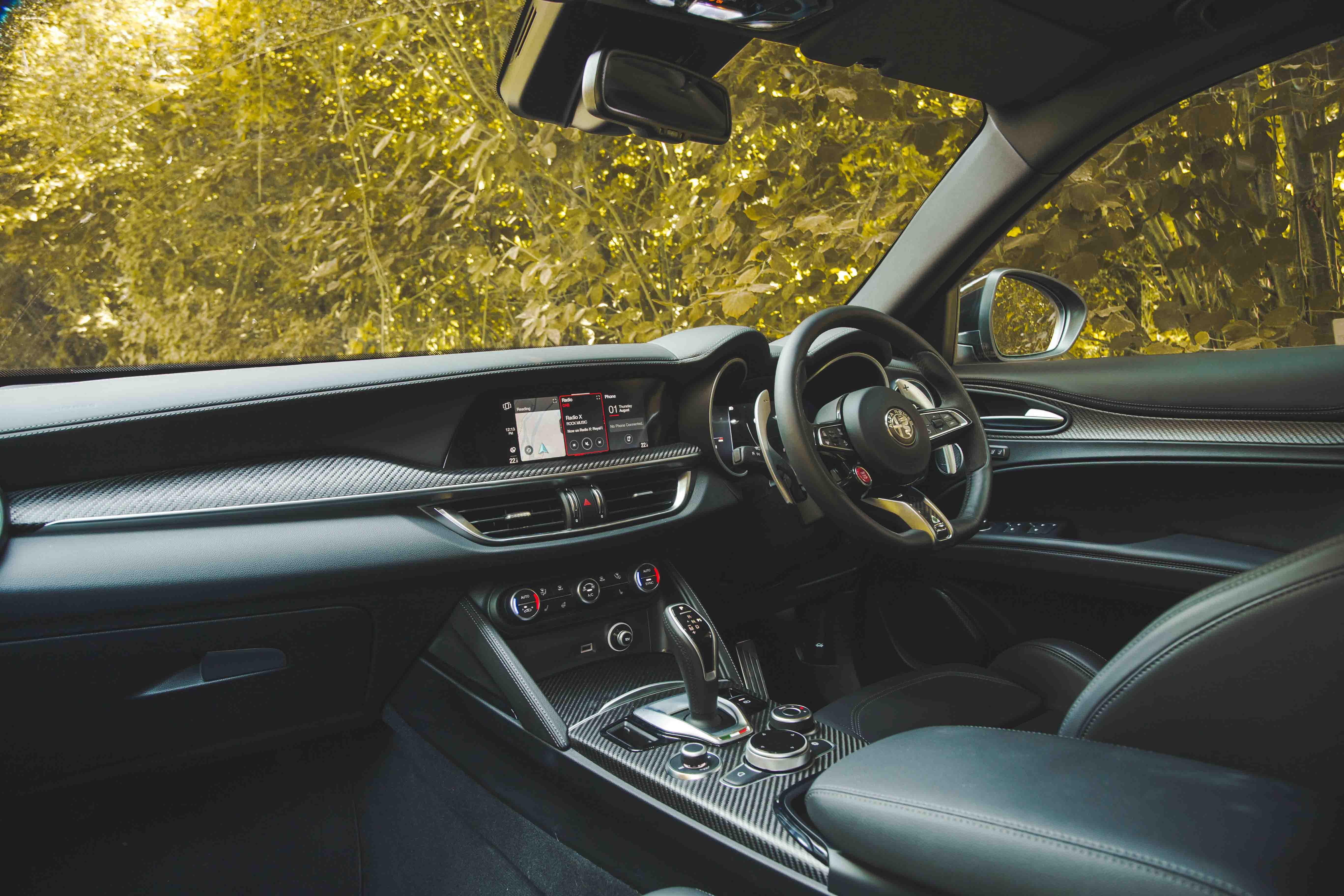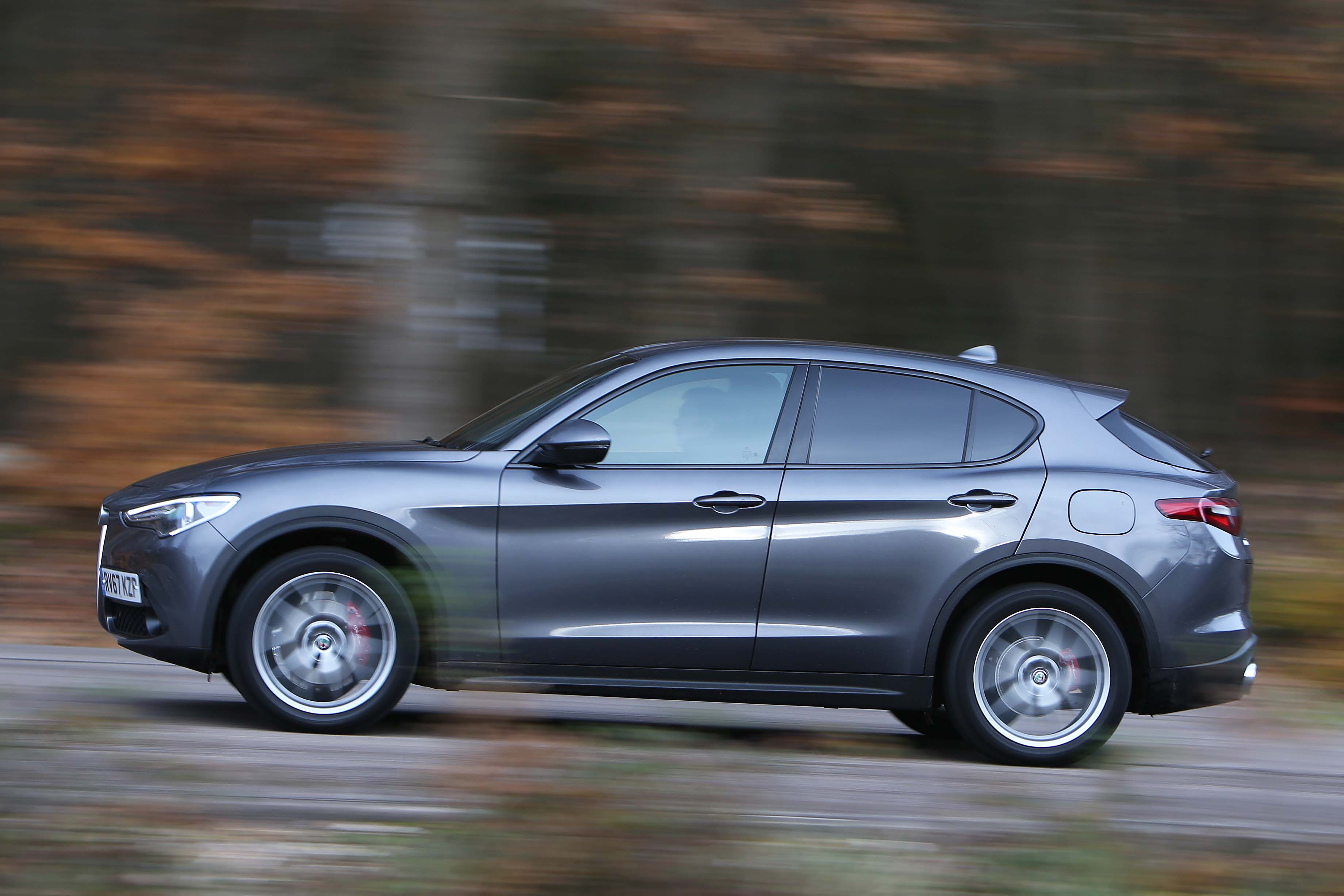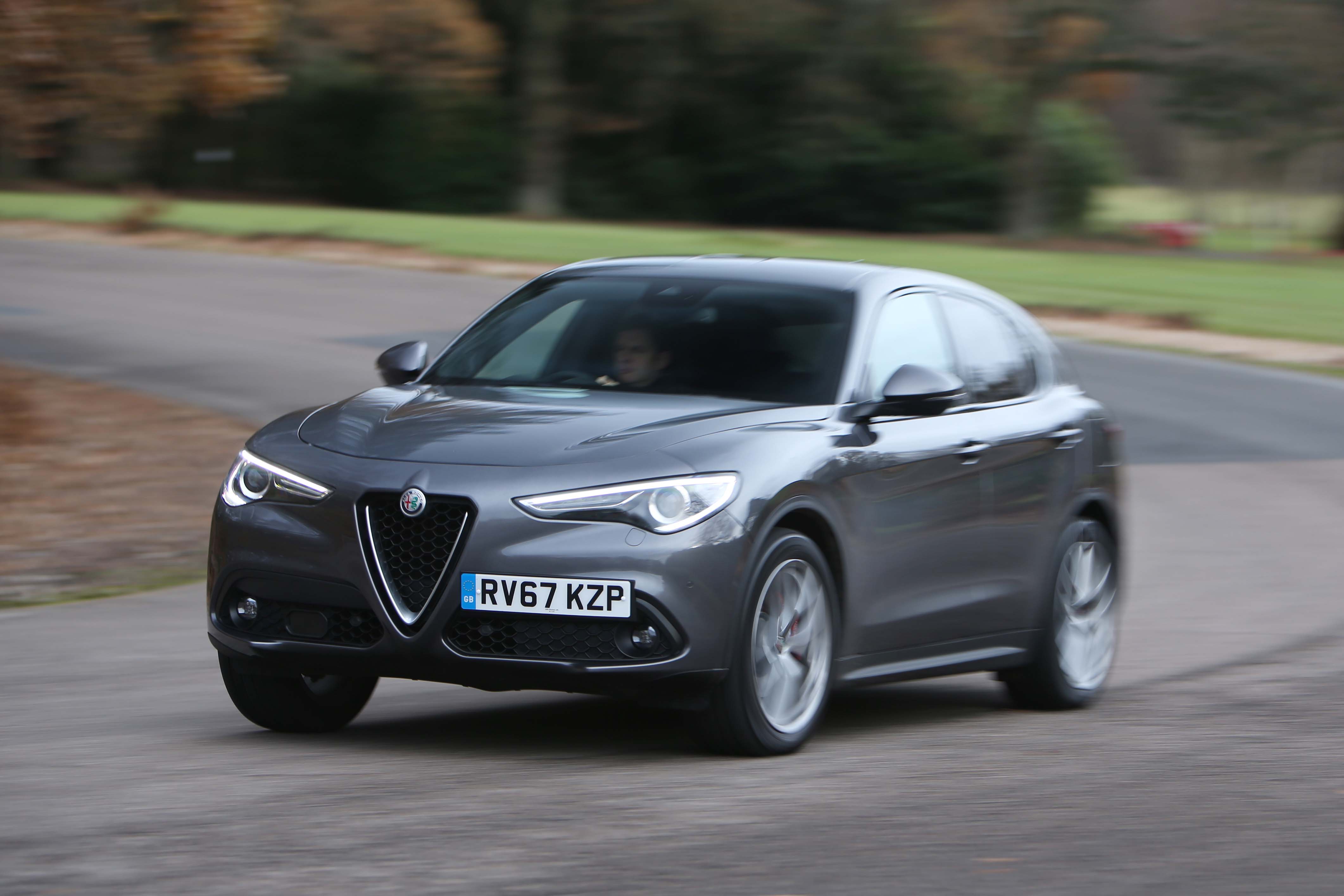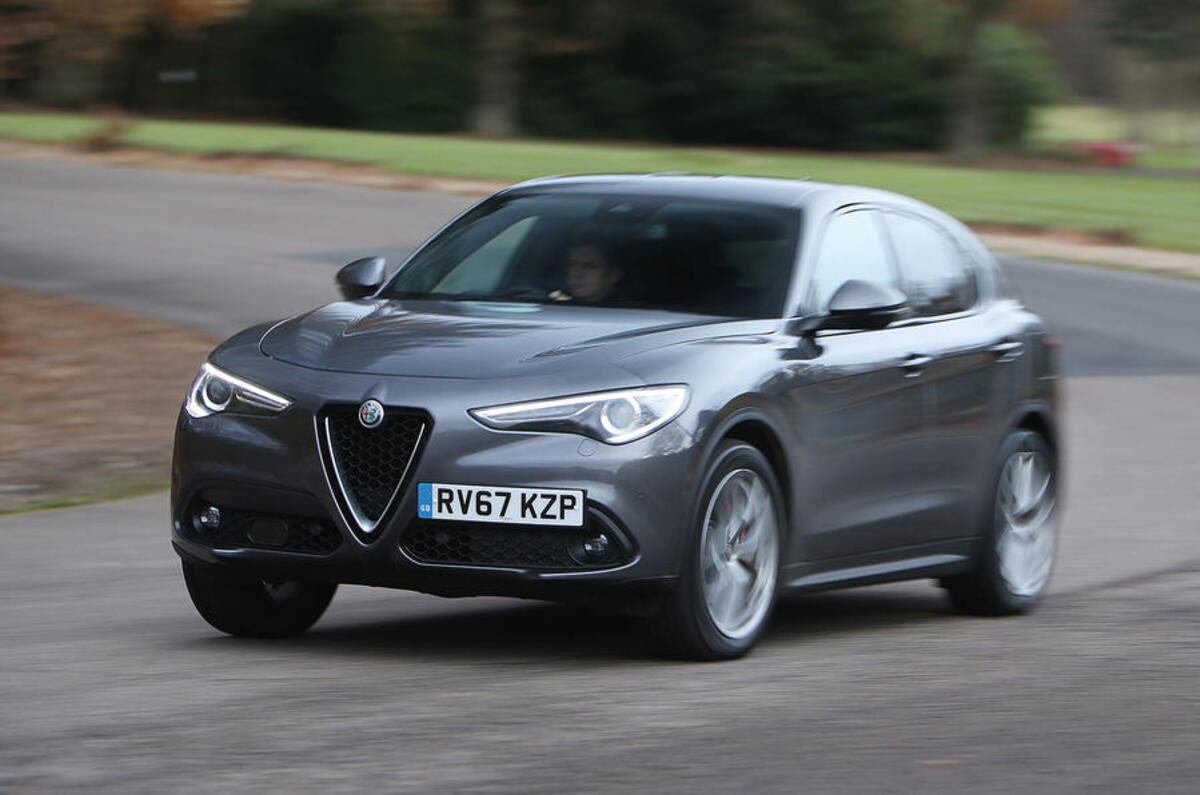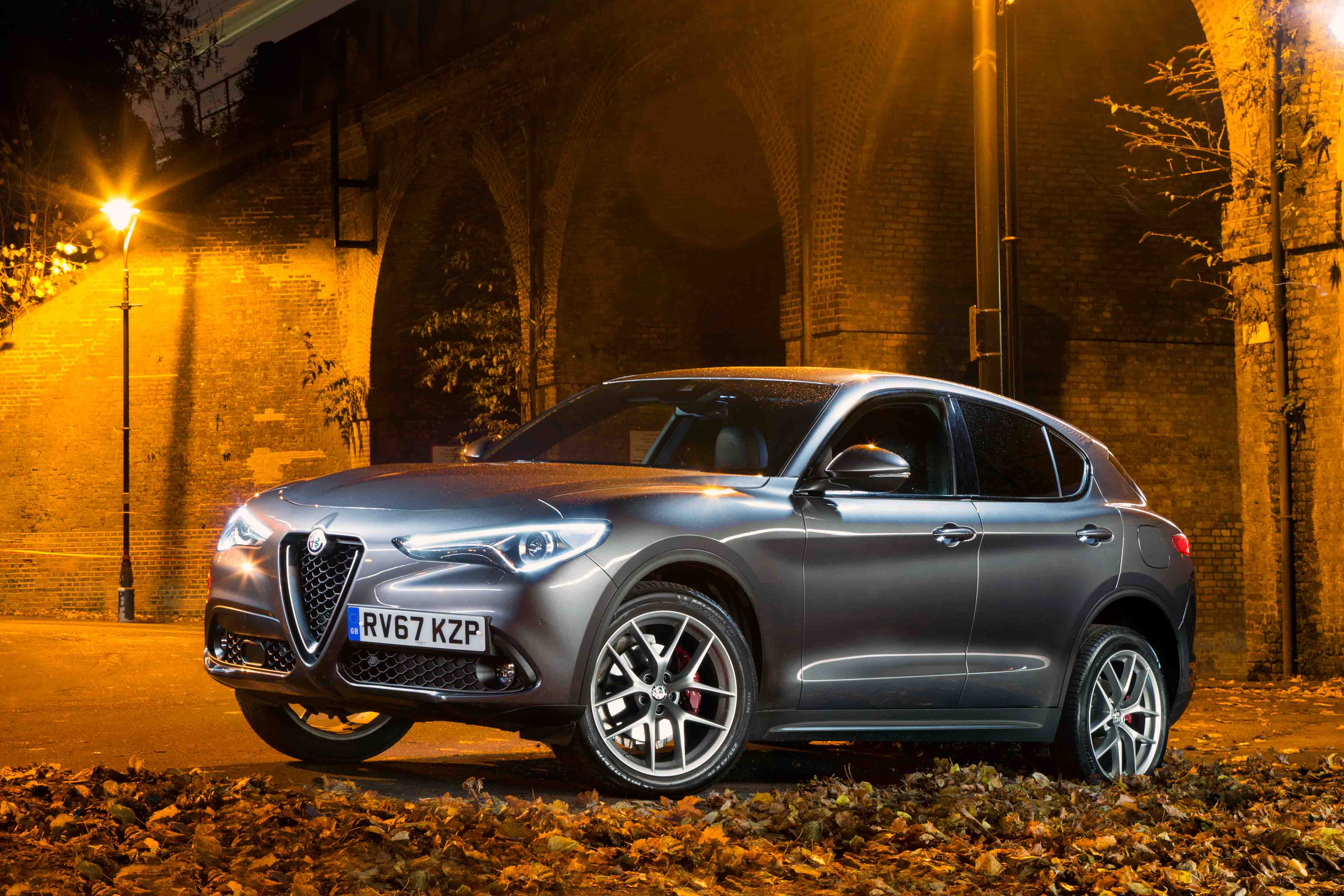Launched in 2017, the Stelvio was a radical departure for Alfa Romeo, although the firm waited longer than many rivals before launching an SUV. But as then CEO Reid Bigland said at the unveiling: "The Stelvio is an Alfa Romeo first and an SUV second."
True to his word, Alfa gave us a head-turning high-rider that was as desirable as its talented German contemporaries and delivered no small dynamic edge.
Today, just £10,000 will get you into an early high-miler, but playing it safer at £15,000 will net a cleaner example with a more reasonable mileage. The Stelvio was on sale between 2017 and 2025 and was only minimally updated during its eight-year history, so if you choose an older one, it won't look outdated.
Several trims were available at launch: Stelvio, Super, Speciale and Milano Edizione. Stelvio and Super have a 6.5in infotainment screen, cruise control, front and rear parking sensors and a powered tailgate, but we would aim for mid-rung Speciale. It gets 19in wheels, bi-xenon headlights and aluminium interior brightwork, and it was popular so you will have no issue finding a well-maintained example.
In any trim the Stelvio will appeal to those who want a family car that doubles as a thrill-seeker. Using the Giulia's lightweight aluminium platform, the Stelvio weighs just 1659kg, so it's far leaner than rivals like the Jaguar F-Pace and Porsche Macan, and on a twisty road it lives up to its alpine namesake. Its rear-biased four-wheel drive set-up brings balance and poise in corners, and the quick steering carried over from the Giulia means it's almost as good to drive as its saloon sibling. That handling prowess comes at the cost of ride comfort, however, with the Stelvio's firm set-up becoming detrimental over rougher surfaces, albeit not unbearably so.


